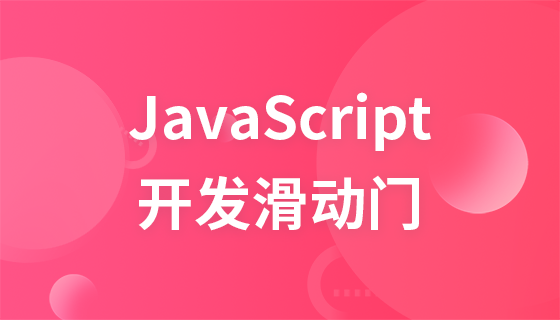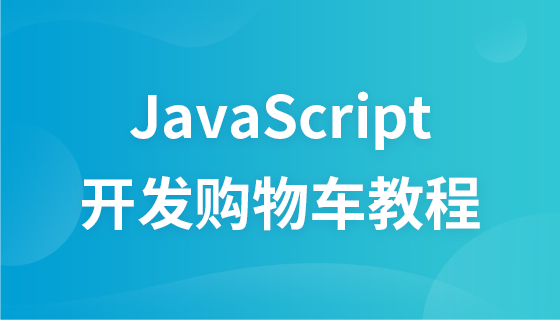JavaScript 字串(String) 對象
JavaScript 字串(String) 物件
String 物件用於處理現有的字元區塊。
如何使用長度屬性來計算字串的長度:
<html> <body> <script type="text/javascript"> var txt="Hello World!" document.write(txt.length) </script> </body> </html>
如何為字串新增樣式:
<html>
<meta charset="utf-8">
<body>
<script type="text/javascript">
var txt="Hello World!"
document.write("<p>Big: " + txt.big() + "</p>")
document.write("<p>Small: " + txt.small() + "</p>")
document.write("<p>Bold: " + txt.bold() + "</p>")
document.write("<p>Italic: " + txt.italics() + "</p>")
document.write("<p>Blink: " + txt.blink() + " (does not work in IE)</p>")
document.write("<p>Fixed: " + txt.fixed() + "</p>")
document.write("<p>Strike: " + txt.strike() + "</p>")
document.write("<p>Fontcolor: " + txt.fontcolor("Red") + "</p>")
document.write("<p>Fontsize: " + txt.fontsize(16) + "</p>")
document.write("<p>Lowercase: " + txt.toLowerCase() + "</p>")
document.write("<p>Uppercase: " + txt.toUpperCase() + "</p>")
document.write("<p>Subscript: " + txt.sub() + "</p>")
document.write("<p>Superscript: " + txt.sup() + "</p>")
</script>
</body>
</html>如何使用indexOf() 來定位字串中某一個指定的字元首次出現的位置:
<html>
<meta charset="utf-8">
<body>
<script type="text/javascript">
var str="Hello world!"
document.write(str.indexOf("Hello") + "<br />")
document.write(str.indexOf("World") + "<br />")
document.write(str.indexOf("world"))
</script>
</body>
</html>如何使用match() 來查找字串中特定的字符,並且如果找到的話,則返回這個字元:
<html>
<meta charset="utf-8">
<body>
<script type="text/javascript">
var str="Hello world!"
document.write(str.match("world") + "<br />")
document.write(str.match("World") + "<br />")
document.write(str.match("worlld") + "<br />")
document.write(str.match("world!"))
</script>
</body>
</html>如何使用replace( ) 方法在字串中用某些字元取代另一些字元:
<html> <meta charset="utf-8"> <body> <script type="text/javascript"> var str="Visit Microsoft!" document.write(str.replace(/Microsoft/,"PHP中文网")) </script> </body> </html>
字串物件
#字串物件用於處理已有的字元區塊。
範例:
下面的範例使用字串物件的長度屬性來計算字串的長度。
var txt="Hello world!"
document.write(txt.length)
上面的程式碼輸出為:
##12
document.write(txt.toUpperCase( ))
<!DOCTYPE html>
<html>
<head>
<meta charset="utf-8">
<title>php中文网(php.cn)</title>
</head>
<body>
<p id="demo">单击按钮显示数组。</p>
<button onclick="myFunction()">点我</button>
<script>
function myFunction(){
var str="a,b,c,d,e,f";
var n=str.split(",");
document.getElementById("demo").innerHTML=n[0];
}
</script>
</body>
</html>特殊字元
Javascript 中可以使用反斜線(\)插入特殊符號,如:撇號,引號等其他特殊符號。 查看如下JavaScript 程式碼:var txt="We are the so-called "Vikings" from the north.";document.write(txt);
document.write(txt);
輸出
\' 單引號 #\" 雙引號##\\ 斜桿
## r 回車
\t tab
\b 空格
\f 換頁
replace()
search()slice()
split()
substr()
substring()
toLowerCase()
toUpperCase()














